
The complete story behind Media Molecule’s groundbreaking debut
Welcome to the first in a new series of features that will be appearing in a semi-regular fashion on PlayStation Blog, looking back in detail at some of the key moments in PlayStation history. We’re calling it Extended Play, and you can expect eye-witness testimony, expert insight, and unseen art and video. Kicking things off, the story behind a true PlayStation icon – Sackboy. Enjoy!
It began with a resignation letter. But Mark Healey had no idea he’d asked to leave his job, because he was on holiday at the time. So it was with some surprise on his return that he found himself being asked to clear his desk at Lionhead Studios, where he’d helped make such gaming classics as Black & White and Fable.
The person who wrote his resignation letter for him? That was Alex Evans. With Kareem Ettouney and Dave Smith, who also worked at Lionhead, and Siobhan Reddy, who was working at Burnout maker Criterion, these five friends, along with Chris Lee, Francis Pang, Anton Kirczenow, Rex Crowle and Mags Hardwick, founded a new studio called Media Molecule.
“We were working from a space above a bathroom shop.”
Together, they made LittleBigPlanet, a game about invention and imagination, and spearheaded a movement that’s become an everyday part of videogames today, from Fallout 4’s settlement building to Trials Fusion’s level design tools.
Actually, perhaps LittleBigPlanet really began a little earlier, with Rag Doll Kung Fu. Healey made this slapstick physics-driven fighting game by night as he worked at Lionhead by day, recruiting Alex and Dave to help with technical things like making realistic rope, Kareem as artist and star in its introductory movie.
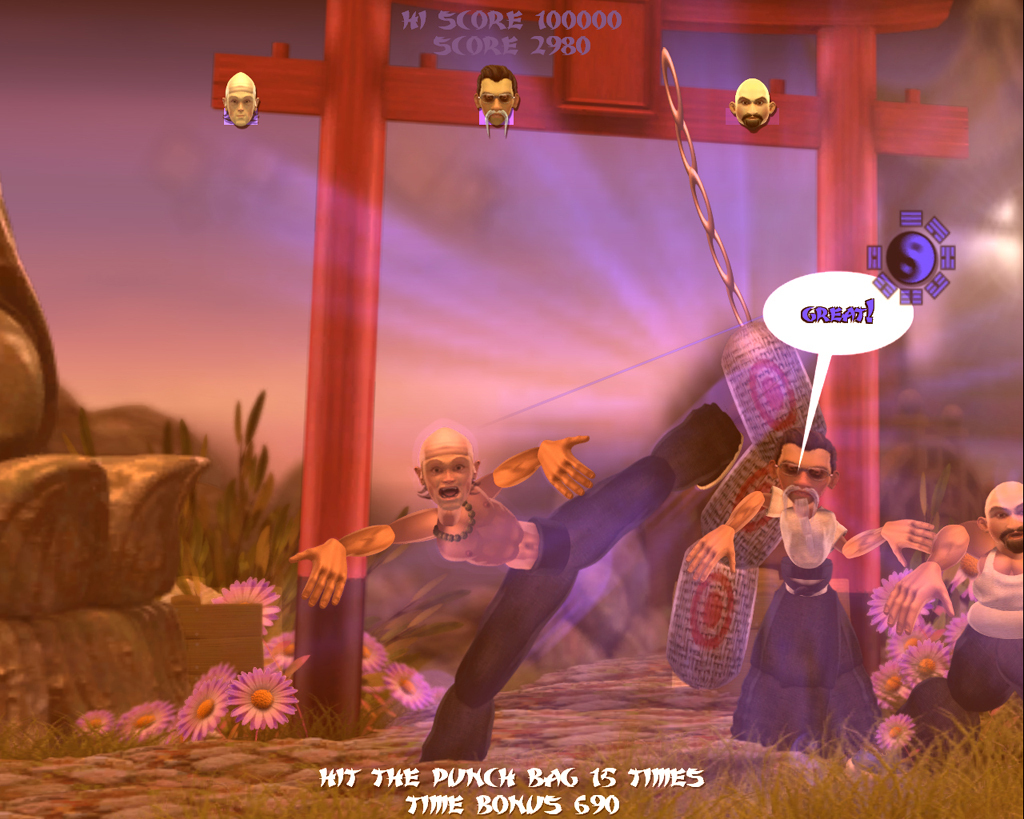
Looking at Rag Doll Kung Fu today, there’s a direct line to LittleBigPlanet in its character creation mode, dreamy side-on visual style, physicsy feel and cartoon character voices, but more than that, it founded a team.
“We always jammed, played music together,” says Kareem. “We had a creative chemistry. Mark is a bit of an all-rounder game maker, back from the Commodore days. Alex and Dave are legends in very different and technically complementary ways. Siobhan could make stuff into a story, into a culture.”
“I just thought, why not,” says Mark. “I didn’t really have any responsibilities at the time, had a bit of cash in the bank from Rag Doll Kung Fu, so I went for it.”
Meet ‘Yellowhead’
It was Dave who made the first step towards defining what their game would be, working out a way of controlling a physics-driven character entirely through controller sticks. Working at home, he made a prototype featuring a little boxy character the team called Yellowhead. It could jump about and grab objects to move them around.
But though Yellowhead’s abilities sound pretty close to Sackboy’s, the game itself was very different. The team had ideas about it being about player creativity, but back then, mass-sharing of user-generated content wasn’t what it is today. On PC, modding was huge and console games would sometimes feature level editors, such as TimeSplitters. But for most gamers, such things were next to invisible. This was 2005; YouTube, Facebook and Flickr were still new, and MySpace ruled the internet.
“When we started the idea was to make a platformer with charm, with playful creativity but very, very contrived, where you press a button and a magic paintbrush appears and it does the right thing,” says Kareem. “So that was the beginning, to inject creativity into a conventional game. Clever but not.”
But the team felt ready to start pitching it to Sony and they landed a meeting with Phil Harrison, who was then head of Sony Computer Entertainment’s Worldwide Studios and gathering games for the yet-to-be launched PlayStation 3. They buffed up Dave’s prototype and rather unconventionally used it to explain their vision instead of a formal presentation.
“We thought he must see so many PowerPoints and they’re pretty boring at the best of times. If we’re trying to sell a game, better to just put a controller in his hands and let him play.”
Harrison immediately homed in on the creative side of what they were making.
“The idea was that Sackboy would have a zip which would open to reveal a moon inside him where all his stuff would be.”
“This was really what we wanted to do all along, but we played it down in the pitch as we thought it would be a bit weird and scary for a console game publisher. So this was music to our ears,” says Mark, and the team won six months funding to develop it.
Editing the world
But it took a while before the magic paintbrush idea died. The team built a tool to edit levels and invented Sackboy, and as they worked they added more creative ideas to the editor. One of them was to make it exist in the game world, rather than as a separate mode or external tool.
“That was one of the early breakthrough ideas,” says Kareem. “If you look at Maya or 3D Studio Max, the working end of it looks like something out of NASA when the finished product looks like Finding Nemo. They’re very different, but imagine if you’re working in the ocean of Finding Nemo. It changes the feeling.”
From there, the ideas started snowballing. They enjoyed the immersive nature of physical materials and things dropping and being pushable. Dave came up with a way of 3D modelling by stamping shapes into one another to make more complex forms, so instead of building with abstract points in space, they could work with shapes.
“To go from a point to a robot is a big leap, but to make a robot out of a cylinder and a cube, it’s more human,” says Kareem. And so the editor became the game.
“After much pushing and pulling, we ended up with a nice balance between a platformer and a game creation kit, I think,” says Mark, hinting at the kind of creative atmosphere that developed at Media Molecule.
“All the different world-views and styles of design and taste and conversation; it’s very intense,” says Kareem. “It was like watching a documentary of a band, but instead of four people you had 18.”
“We were working from a space above a bathroom shop with a tin roof which was really cheap rent,” says Mark. “A typical day would be getting really hot, since there was no air conditioning, and arguing about some micro-detail and wanting to kill each other with screwdrivers, but it wasn’t always like that, of course. Sometimes we sulked in silence and would make something brilliant.”
Inspiring creativity
Creative differences aside, much of LittleBigPlanet formed organically. Its distinctive visual style grew out of Mark and Kareem’s wish for it to be ‘disarming’, able to make players forget their hangups about not being creative or imaginative.
“Creativity is taboo, for some reason,” says Kareem. “People think there’s a kind who have it and a kind who don’t. I find that very sad, because children don’t have that problem. My four year old is fearless, he doesn’t say ‘I’m sorry, I’m not very good, I haven’t practised for a while, I’m a bit rusty.'”
They wanted to make the game feel familiar and warm, nostalgic even, evoking universal experiences such as making sets for school plays. This dovetailed with its realtime physics, which allowed objects to behave like cardboard and wood. Meanwhile, Alex was playing with amazing shaders, graphical techniques which could make these materials look as real as they behaved.
A more contentious element was the Popit menu, which provides simple access to a vast array of tools, objects, materials, options and so much more. Its roots are from when the old magic paintbrush concept was finally dropped and proto-Sackboy was given an inventory instead. The idea was that Sackboy would have a zip which would open to reveal a moon inside him where all his stuff would be. “Like some trippy…” Kareem tails off. “Mark came up with it and really loved it. But we couldn’t even animate it!” But Sackboy kept his zip and Popit, a menu that would appear above his head, developed instead.
Development went on. LittleBigPlanet was first shown off at Game Developers Conference in San Francisco in March 2007, a year and a half before it came out, and it wowed the audience. But the team didn’t know for sure whether anyone would play with the tools they’d built and share their creations, not until Sony ran a beta in September 2008.
“That really blew everyone’s minds, from us to Sony,” says Kareem. “Our jaws were open. We were witnessing something that nobody had predicted. A gaming community not just being consumers. They’re very clever, and talented folks with weird hybrid talents, very weird! I don’t know how they learn this stuff!” Their bet paid off, and LittleBigPlanet launched at the end of October to huge acclaim.
Player talents
One of those weird hybrid creatives was Christophe Villedieu, who was an art director in advertising at the time. He immediately loved LittleBigPlanet’s craft look and physics, and when he got it made a simple Maya-inspired platforming level over the course of a night. Then he started to push the limits.
“I wanted to make a pinball machine,” he says. “Using the physics engine was easy, but there was no input for the triggers nor anything for a fluid camera, as it only followed the player. So I kind of hacked the thing and hid the player on a lift following under the ball. The result was quite unique.”

He enjoyed the feedback from other players and found a community rapidly forming, sharing tips and tricks, and he steadily gained the confidence to show his levels to the Media Molecule team. “A few days later, I had a PS3 message. I never had a PS3 message apart from LBP invites, and it was to tell me the team loved my levels and were impressed by them, and asked if I wanted to join.”
He thought it was a scam or a joke, but when another message arrived, asking him to send his CV to a Media Molecule email address, he realised it was real.
“It was like, “Hey, do you want to become a cosmonaut?’ Pure child dream! I replied and was flying above clouds for few days, half-proud to be noticed, half-scared to possibly be able to join such geniuses!”
“Our jaws were open. We were witnessing something that nobody had predicted.”
He joined Media Molecule and went on to design levels for LittleBigPlanet 2 and Tearaway, and is currently working on Dreams, along with several other designers who came from the community.
Sackboy’s legacy
“I think we tapped into the energy of the time, which is probably more down to luck,” says Mark, who’s intensely proud of how LittleBigPlanet has inspired players to join the game industry. For Kareem, it began a movement that hasn’t stopped evolving. It used to be about giving people tools to create; now it’s about turning the conversation from the tools to the people and messages they want to impart.
After LittleBigPlanet, Media Molecule went on to further develop their vision for user-generated content. It first made a sequel that added even greater flexibility to what players could build, with things like programmable AI and camera controls. It made Tearaway, a platforming adventure which features a great deal of papercraft making. And currently in production is the fabulous Dreams, a game entirely about making, transporting hugely evolved versions of LittleBigPlanet’s tools out from the platformer and into free 3D space for storytelling and play.
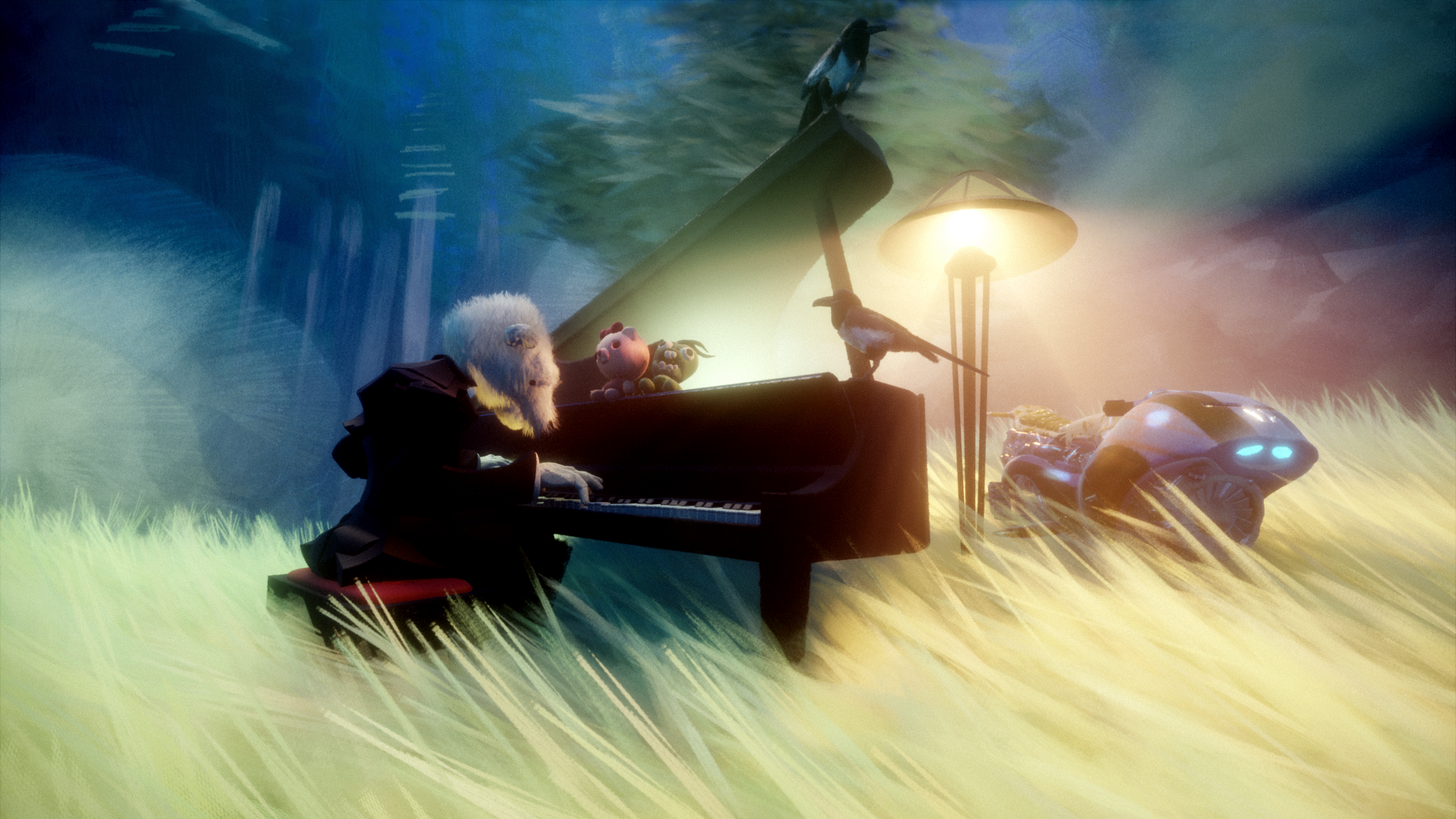
For Mark, Kareem, Siobhan, Dave, Alex and everyone at Media Molecule, making LittleBigPlanet was more of a step than an end in itself. And perhaps the real challenge was in making Media Molecule itself, as Mark says. “Learning to run a company with mates without killing each other, really, that was the toughest bit.”
LittleBigPlanet 3 features as one of your PlayStation Plus games for February! Since Media Molecule has been focusing on Dreams and Tearaway (check out Tearaway Unfolded on PS Plus next month), it wasn’t made by them, but it’s everything that made the original so special, updated for PlayStation 4. Download it now.



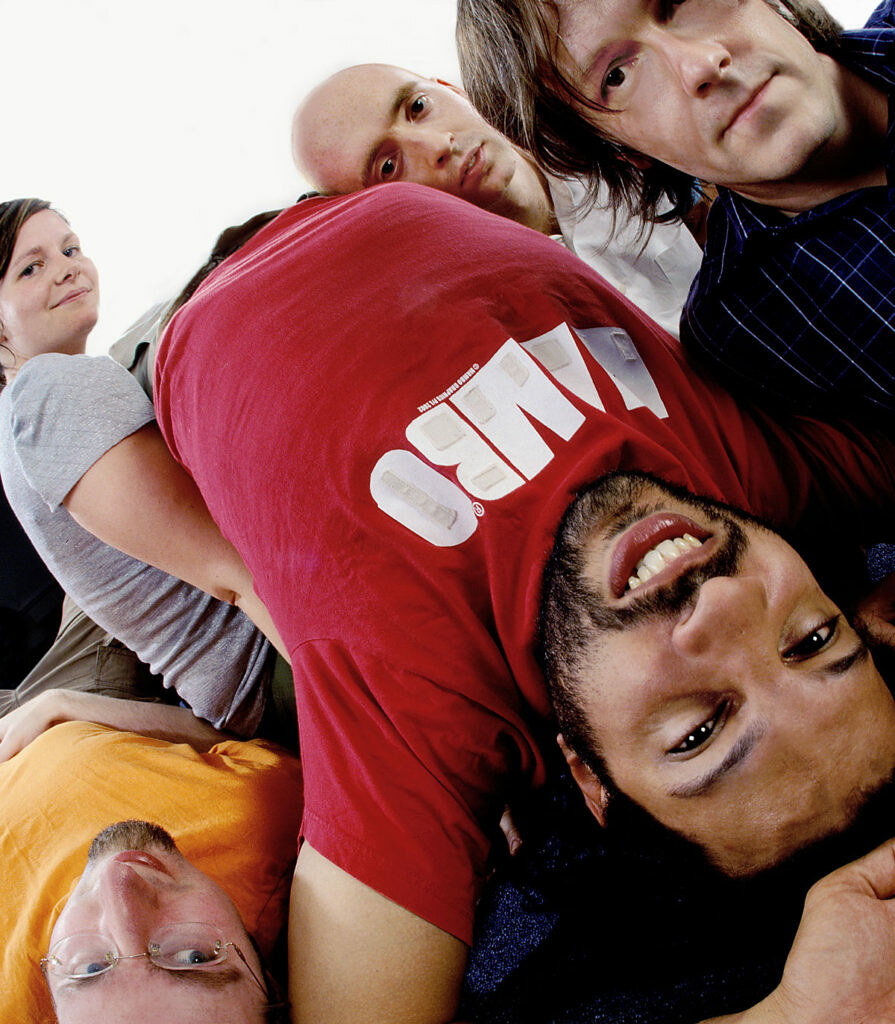

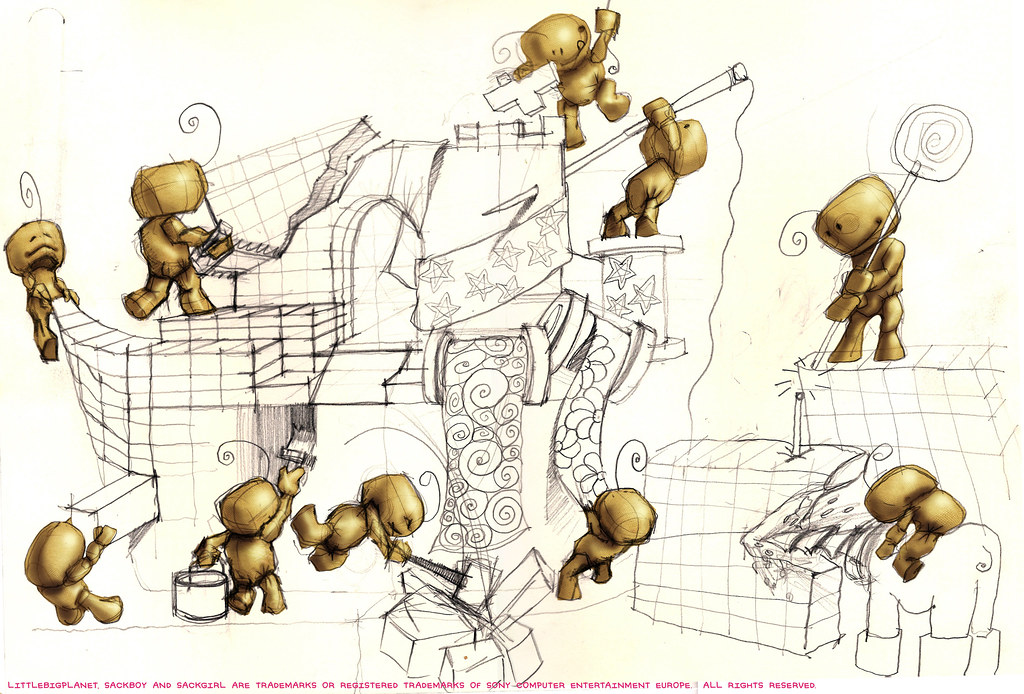


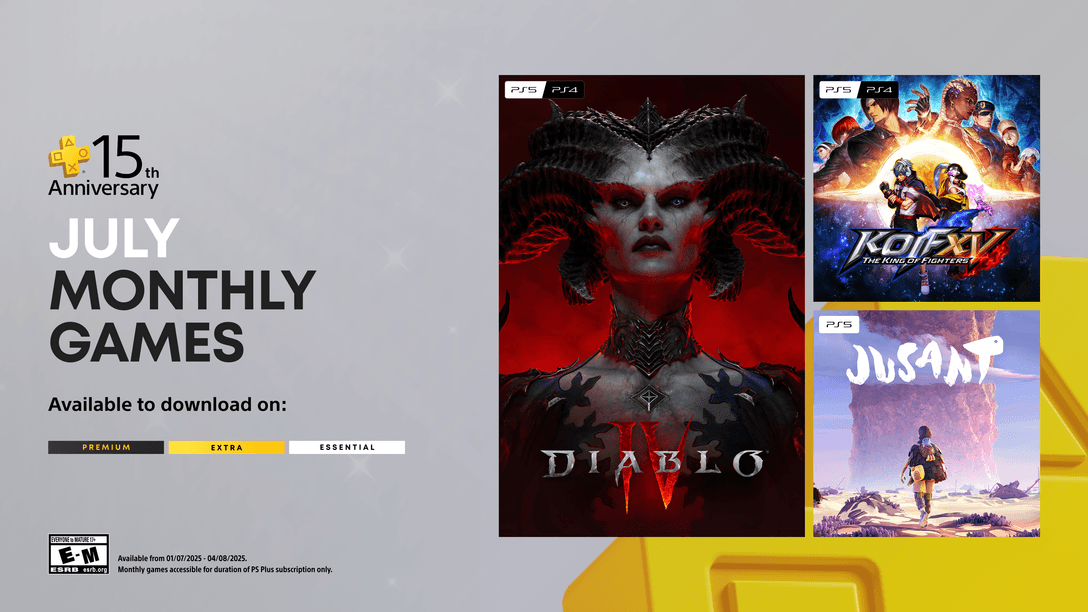

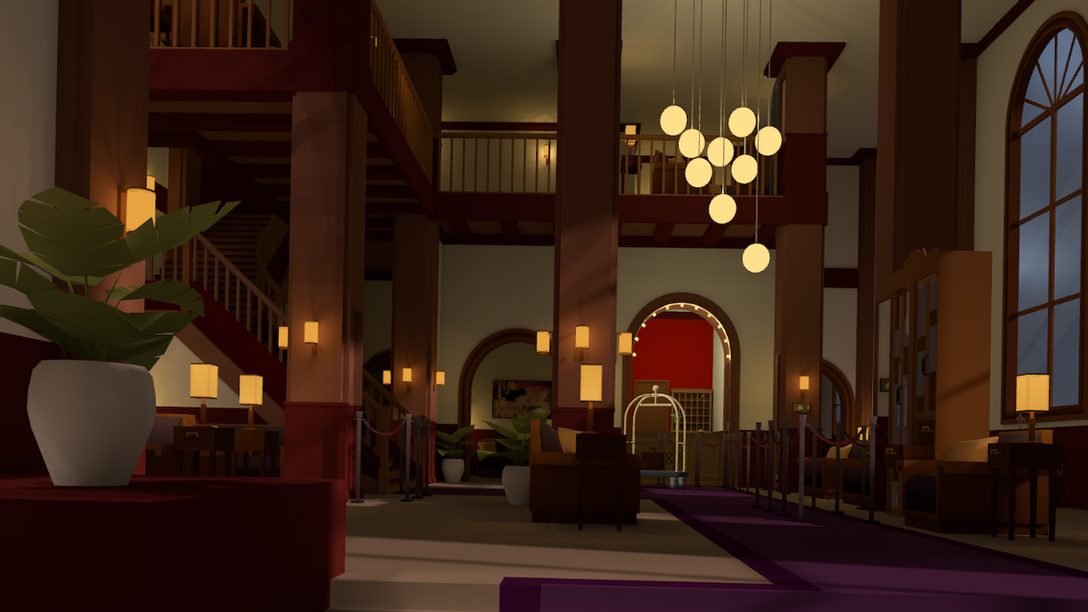





Join the Conversation
Add a CommentBut don't be a jerk!
9 Comments
Loading More Comments